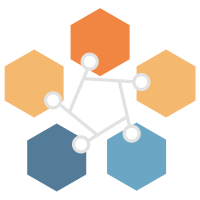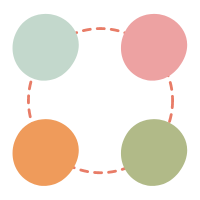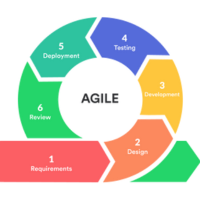Boosting team productivity with the SPACE framework

If you're a technical leader, you know the importance of measuring and optimizing your team's performance. The SPACE framework is a valuable tool designed to help you assess and enhance your software delivery processes. This article will walk you through what the SPACE framework is and how it can benefit your team.



